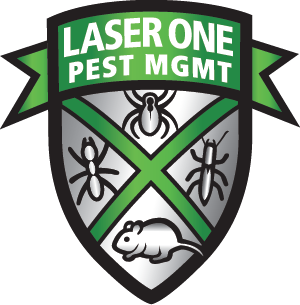Home renovations can be an exciting opportunity to improve your living space, but they also provide an ideal time to address pest prevention. By integrating pest control strategies into your renovation plans, you can help protect your home from future infestations and save on costly treatments down the line. In this post, we’ll explore essential considerations for homeowners looking to incorporate pest control into their renovation projects.
1. Assess Existing Pest Issues
Before beginning any renovation, take the time to assess your home for existing pest issues. Look for signs of infestations, such as droppings, chewed wires, or visible pests. Identifying these problems early will allow you to address them during the renovation process, preventing them from worsening.
2. Choose Pest-Resistant Materials
When selecting materials for your renovation, consider opting for pest-resistant options. Some materials are more resistant to pests than others, which can help minimize the risk of future infestations:
- Termite-Resistant Wood: If you’re replacing wooden structures or flooring, consider using termite-resistant wood, such as cedar or redwood, which are less appealing to wood-destroying insects.
- Non-Organic Insulation: Traditional fiberglass insulation can harbor pests. Consider using pest-resistant insulation materials, such as spray foam or cellulose, which can deter rodents and insects.
- Pest-Resistant Landscaping: If your renovations include outdoor spaces, choose pest-resistant plants and materials for landscaping to create a barrier against pests.
3. Seal Entry Points
During renovations, it’s crucial to address potential entry points for pests. Inspect your home for gaps, cracks, and holes that pests could use to gain access. Pay special attention to:
- Windows and Doors: Ensure that windows and doors are properly sealed with weatherstripping or caulking to prevent pests from entering.
- Foundation and Siding: Check the foundation and siding for cracks or gaps, and seal them to block pest entry.
- Ventilation Systems: Ensure that vents and ducts are securely covered with mesh screens to keep pests from entering your home through these openings.
4. Plan for Landscaping and Drainage
Landscaping can significantly impact pest control efforts. When planning outdoor renovations, consider the following:
- Proper Drainage: Ensure that water drains away from your home’s foundation to prevent standing water, which can attract mosquitoes and other pests.
- Strategic Plant Placement: Avoid planting shrubs and trees too close to your home’s exterior, as they can provide shelter for pests and create a bridge for them to access your home.
- Mulch Management: Use pest-resistant mulch and avoid piling mulch against your home’s foundation, as this can provide a hiding place for pests.
5. Consult with Pest Control Professionals
Incorporating pest control strategies during renovations can be complex, so consider consulting with pest control professionals. They can provide valuable insights on pest prevention tailored to your home and renovation plans. A pest control expert can help you:
- Identify Vulnerabilities: Assess your home for potential pest vulnerabilities and recommend strategies to mitigate risks.
- Create a Comprehensive Plan: Develop a pest prevention plan that aligns with your renovation schedule and objectives.
- Schedule Regular Inspections: Arrange for regular pest inspections during and after the renovation process to catch any potential issues early.
6. Maintain a Proactive Approach Post-Renovation
After completing your renovations, continue to prioritize pest control to ensure your home remains pest-free. Some proactive measures include:
- Regular Inspections: Schedule routine inspections to identify and address any pest issues promptly.
- Ongoing Maintenance: Keep up with home maintenance tasks, such as sealing gaps, cleaning gutters, and managing landscaping, to deter pests.
- Education: Stay informed about common pests in your area and any new pest prevention strategies that may arise.
Conclusion
Incorporating pest control strategies into your home renovations is essential for safeguarding your home from future infestations. By assessing existing issues, choosing pest-resistant materials, sealing entry points, planning landscaping wisely, consulting with professionals, and maintaining a proactive approach, you can create a more comfortable and pest-free living environment. If you need assistance with pest prevention, reach out to Laser One Pest Management for expert advice and services tailored to your needs.

